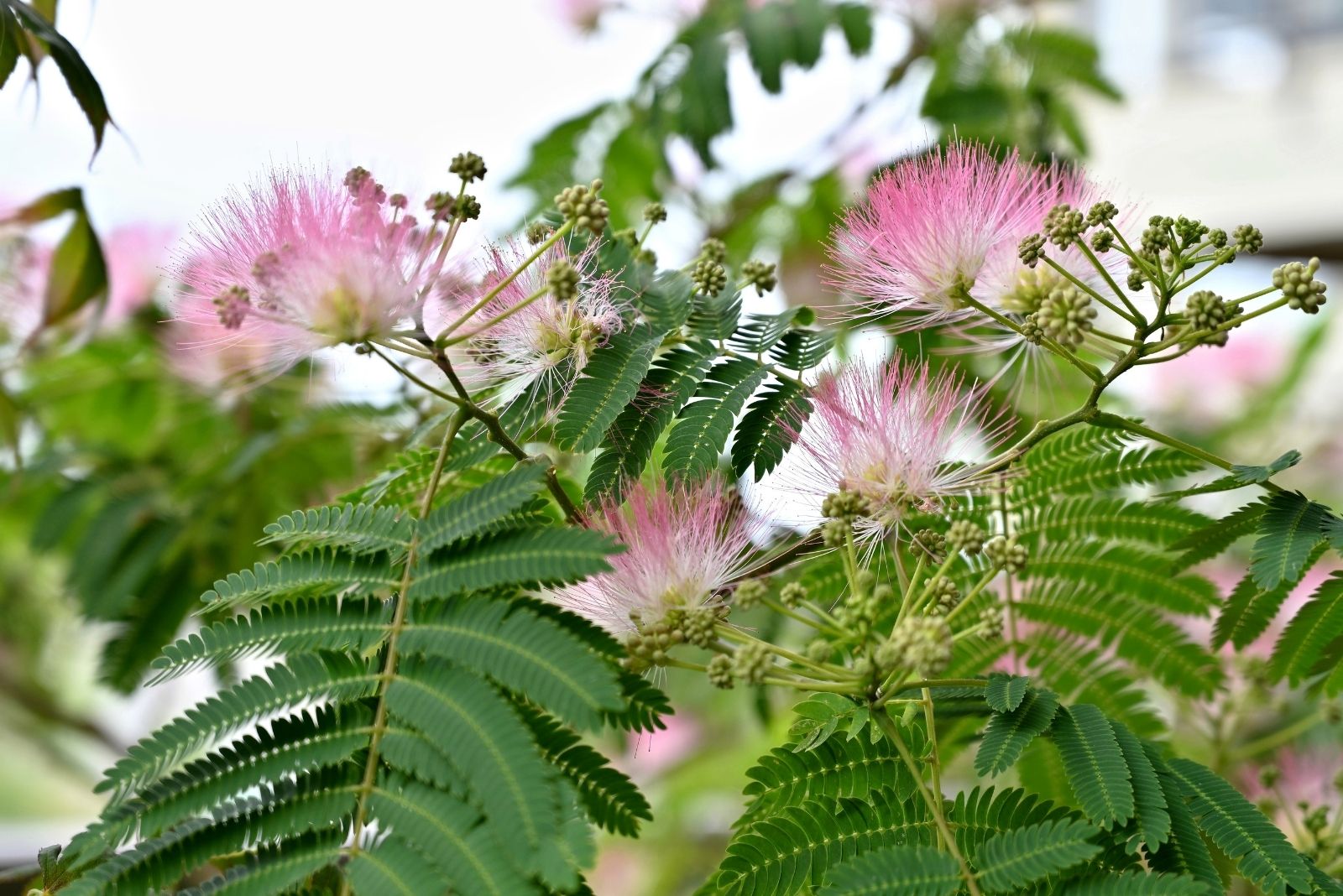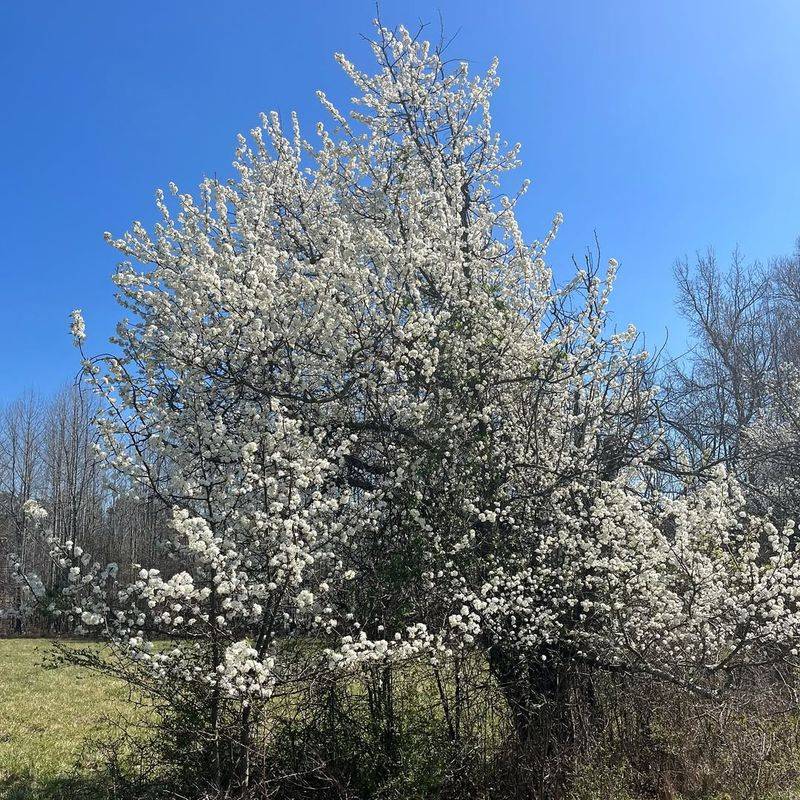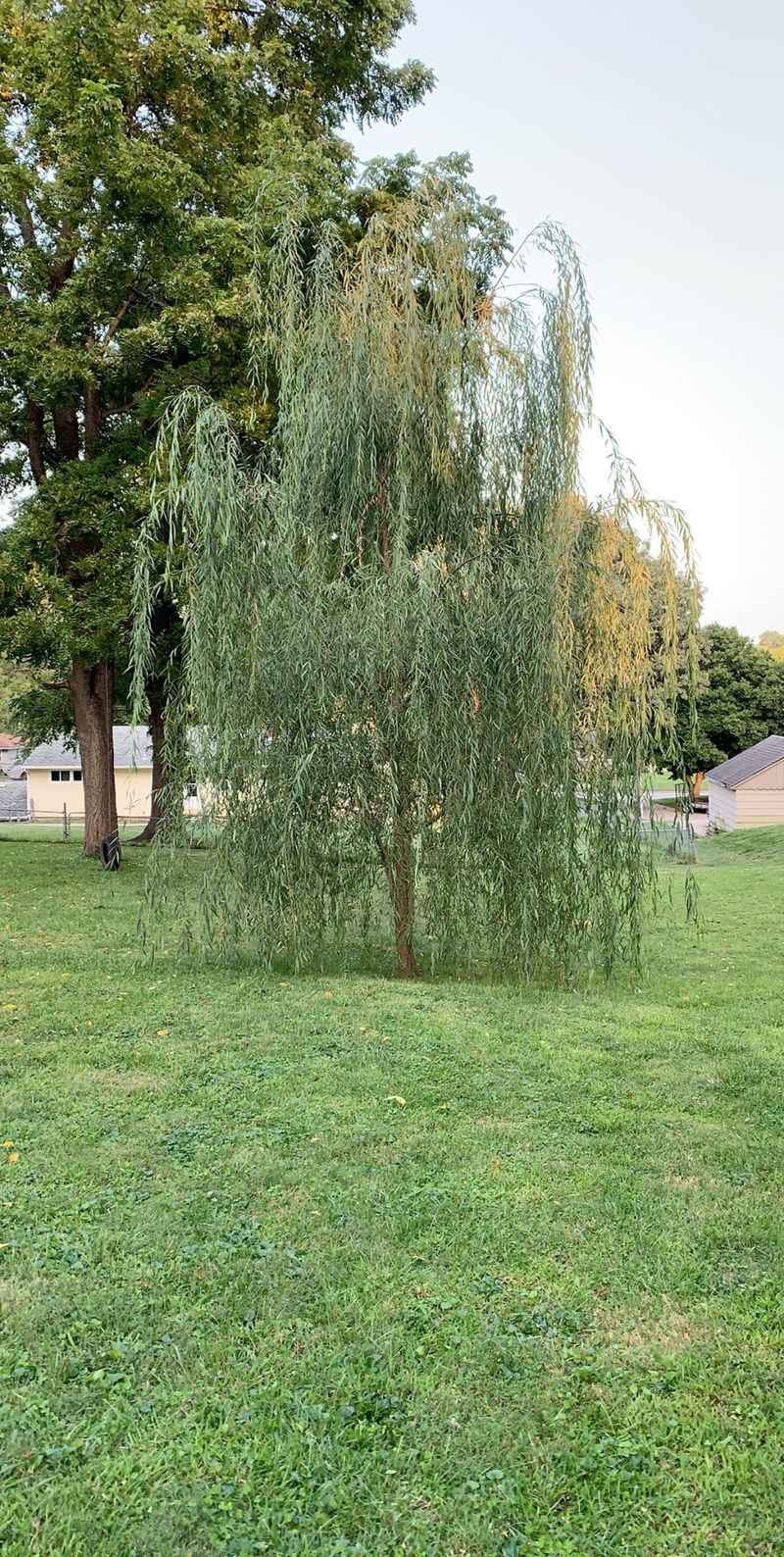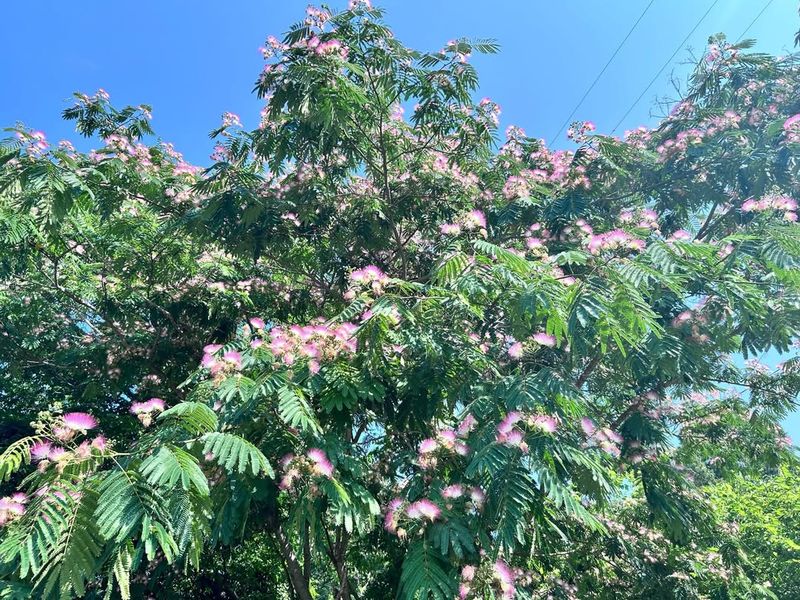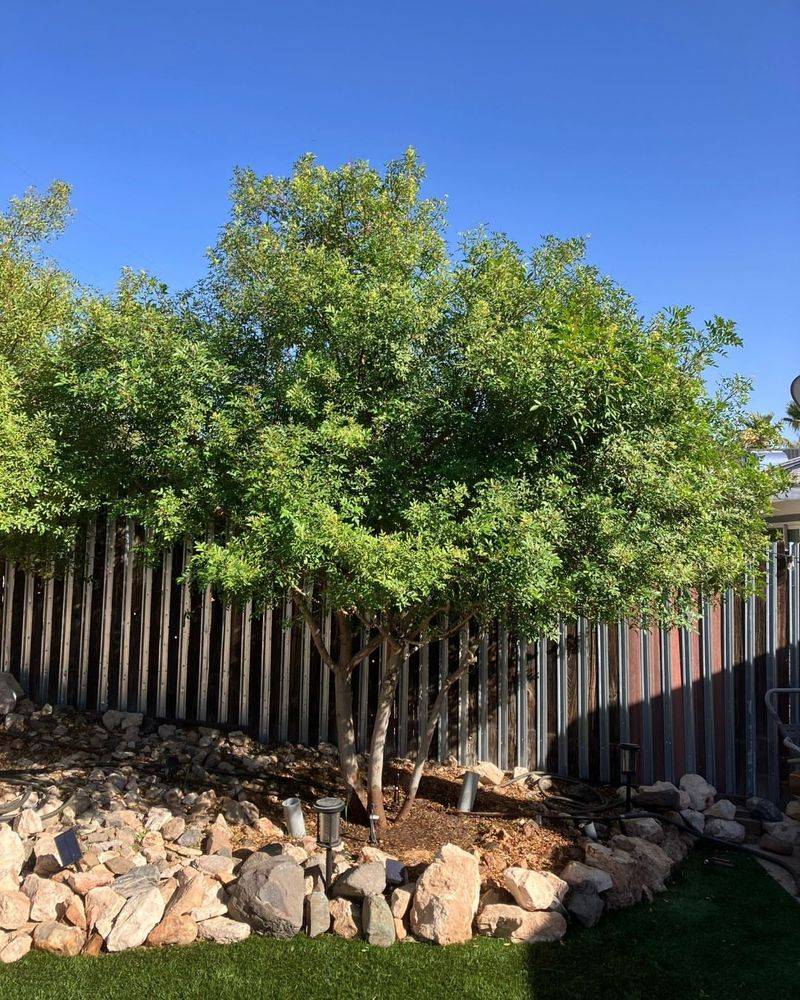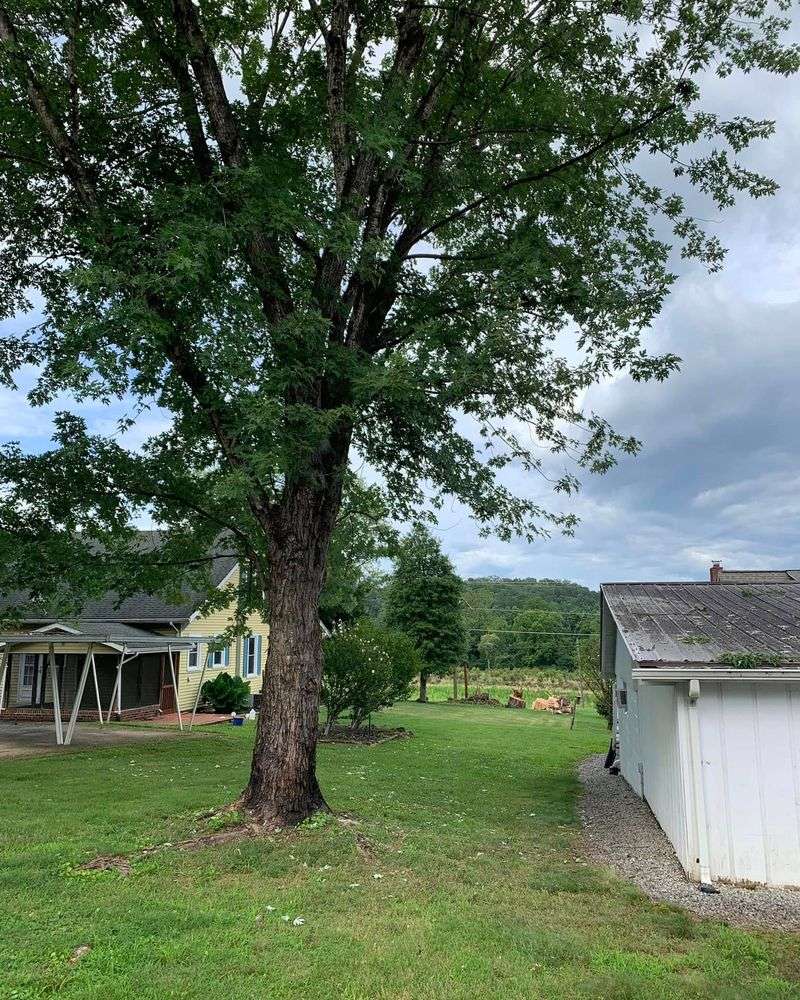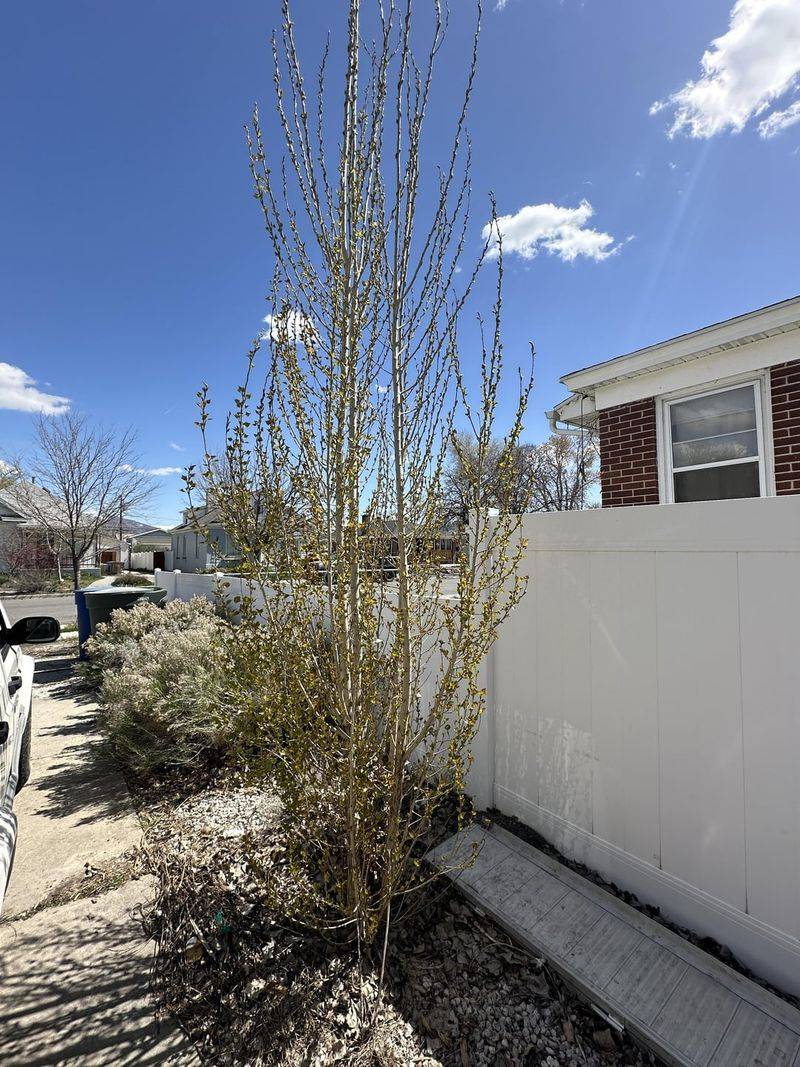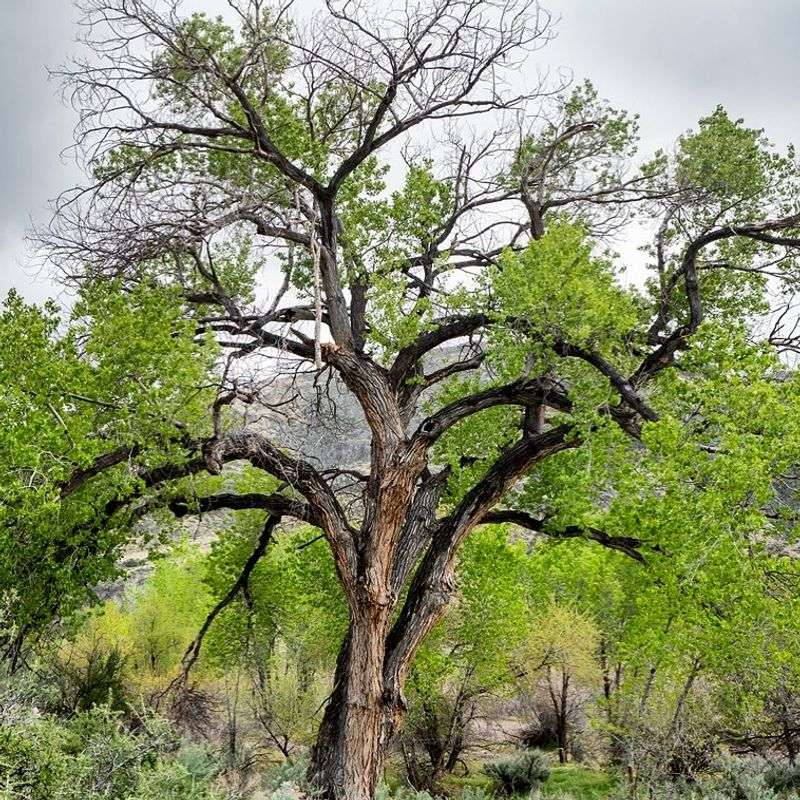Planting trees in Texas suburbs seems like a straightforward way to add shade and beauty to your yard, but not every tree thrives in our unique climate and soil. Some species bring more headaches than benefits, from invasive roots that crack driveways to endless cleanup from falling debris.
Choosing the wrong tree can mean years of frustration, expensive repairs, and constant maintenance that nobody wants to deal with.
1. Bradford Pear
Beautiful white flowers in spring fool many homeowners into planting this tree, but the problems start appearing within just a few years. Weak branch structure means limbs snap easily during storms, leaving dangerous debris across your property.
In my Texas yard, I watched a neighbor’s Bradford Pear lose half its branches during a typical thunderstorm. The mess took days to clean up, and the tree never recovered its shape.
These trees also produce an unpleasant smell during blooming season that neighbors definitely notice. Consider native Texas options like Mexican plum instead for spring blooms without the structural weakness.
2. Weeping Willow
Romantic as they appear in movies, weeping willows demand massive amounts of water that Texas lawns simply can’t provide during our frequent droughts. Roots aggressively seek moisture, invading sewer lines and cracking foundations as they spread.
A friend dealing with constant plumbing issues finally discovered willow roots had completely clogged her main sewer line. The repair bill exceeded several thousand dollars, far more than removing the tree would have cost initially.
Beyond water demands, these trees drop leaves, twigs, and branches constantly throughout the year. Maintenance becomes a never-ending chore that consumes weekends.
3. Mimosa
Pink fluffy blooms might catch your eye at the garden center, but mimosas spread like wildfire once established in Texas soil. Seedlings pop up everywhere across your lawn and flowerbeds, requiring constant removal to prevent a complete takeover.
Short-lived and messy, these trees rarely survive more than fifteen years while dropping seed pods and flowers constantly. Neighbors won’t appreciate seedlings invading their yards either, creating tension over property boundaries.
Mimosas also attract webworms that create unsightly nests throughout the branches during summer months. Native alternatives like desert willow provide similar feathery blooms without aggressive spreading habits.
4. Arizona Ash
Fast growth initially seems appealing, but Arizona ash trees pay for that speed with incredibly brittle wood that breaks apart easily. Storms leave yards littered with fallen branches, and the tree becomes hazardous as it matures.
Susceptible to numerous pests and diseases common in Texas, these trees often decline rapidly after just ten or fifteen years. Ash borers and other insects attack weakened specimens, accelerating their deterioration and creating dangerous dead branches overhead.
Shallow roots buckle sidewalks and driveways while competing with grass for water and nutrients. Better shade options include cedar elm or bur oak for long-term reliability.
5. Silver Maple
Rapid growth might seem like a quick solution for shade, but silver maples develop surface roots that destroy everything in their path. Sidewalks buckle, driveways crack, and mowing becomes treacherous as roots spread across the entire lawn area.
These trees need far more moisture than Texas typically provides, struggling during our hot summers and requiring constant supplemental watering. Drought stress weakens them further, making disease and pest problems even worse over time.
Brittle branches snap without warning, posing risks to people, vehicles, and structures below. Native Texas red oak provides better shade without the destructive root system.
6. Lombardy Poplar
Tall and narrow, these poplars seem perfect for creating quick privacy screens between properties, but their short lifespan makes them poor investments. Most specimens die within fifteen years, leaving gaps in your carefully planned landscape design.
Canker diseases ravage poplars throughout Texas, causing ugly wounds and eventual death that no treatment can prevent. Watching an entire row decline simultaneously means starting over completely with replacement trees and wasted years of growth.
Aggressive roots invade plumbing systems while constantly producing suckers that pop up across lawns. Eastern redcedar offers better screening options with far greater longevity and fewer maintenance headaches for Texas homeowners.
7. Cottonwood
Enormous size makes cottonwoods completely inappropriate for typical suburban lots, where they quickly overwhelm available space and dwarf nearby homes. Branches extend far beyond property lines, dropping debris into neighbors’ yards and creating ongoing disputes.
The cottony seed release that gives these trees their name creates absolute chaos each spring, covering everything in sight with fluffy white material. Allergies flare up, air conditioning units clog, and outdoor activities become miserable during peak shedding periods.
Brittle wood breaks constantly during storms, and the massive size means falling limbs cause serious damage. Choose smaller natives like Texas ash for appropriate scale.

